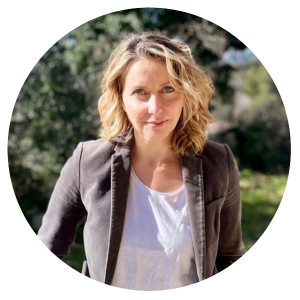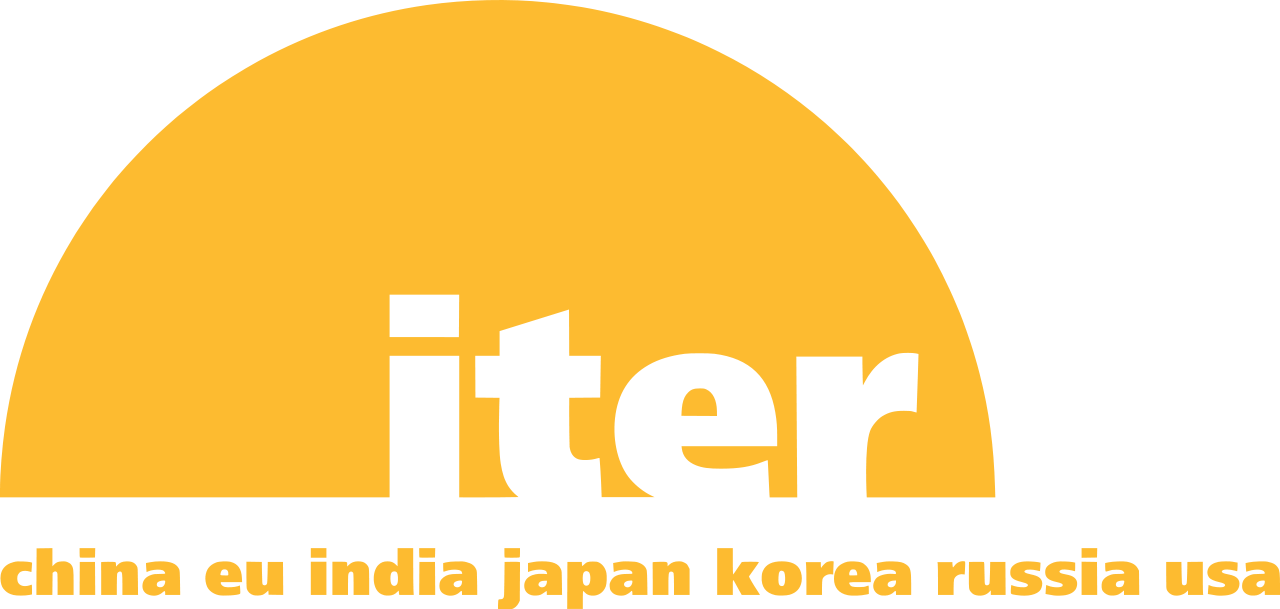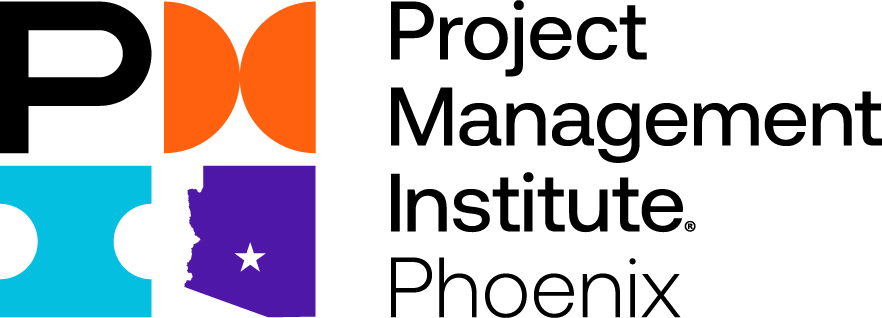During this webinar, Dr. Elise Delchambre, Risk & Opportunity Officer at ITER Organization (IO), will tell us about the ITER project, an international scientific project that brings together 35 countries, located in the South of France.
ITER aims to demonstrate the feasibility of nuclear fusion - the process that powers the sun and stars - as an abundant, safe, carbon-free, and nuclear waste-free source of high activity and long life. We will learn how the management of risks and opportunities fits into the management of a complex mega project. We will see why the management of such a project combining technological and scientific issues is a subject of study in itself. We will discover how opportunity management can be a major asset in adapting to an uncertain and disruptive context and why prioritizing and managing cross-functional risks is essential in an environment where complexity and interfaces evolve throughout the life of the project. We will see that it is possible to have a clear strategic vision, full alignment of all parties to these goals, and the ability to adapt to complexity - elements known as the common success factors of megaprojects.
Speaker:

Born in Arles, France, Elise went to Université de Provence in Marseille to major in Physics with a minor in astrophysics. After her thesis and post-doctorate in England (UKAEA) She worked at CEA (French Alternative Energies and Atomic Energy Commission) as a research engineer, it was in 2012 that she understood that it was necessary to master project management methodologies to succeed in ambitious scientific projects. She decided to train in project management and became Risk & RAMI Officer for the WEST project, then gradually group leader at CEA and responsible for a PMO contract for a diagnostic development project for the ITER project.
About ITER

ITER ("The Way" in Latin) is one of the most ambitious energy projects in the world today.
In southern France, 35 nations* are collaborating to build the world's largest tokamak, a magnetic fusion device that has been designed to prove the feasibility of fusion as a large-scale and carbon-free source of energy based on the same principle that powers our Sun and stars.
The experimental campaign that will be carried out at ITER is crucial to advancing fusion science and preparing the way for the fusion power plants of tomorrow.
ITER will be the first fusion device to produce net energy. ITER will be the first fusion device to maintain fusion for long periods of time. And ITER will be the first fusion device to test the integrated technologies, materials, and physics regimes necessary for the commercial production of fusion-based electricity.
Thousands of engineers and scientists have contributed to the design of ITER since the idea for an international joint experiment in fusion was first launched in 1985. The ITER Members—China, the European Union, India, Japan, Korea, Russia, and the United States—are now engaged in a 35-year collaboration to build and operate the ITER experimental device, and together bring fusion to the point where a demonstration fusion reactor can be designed.
